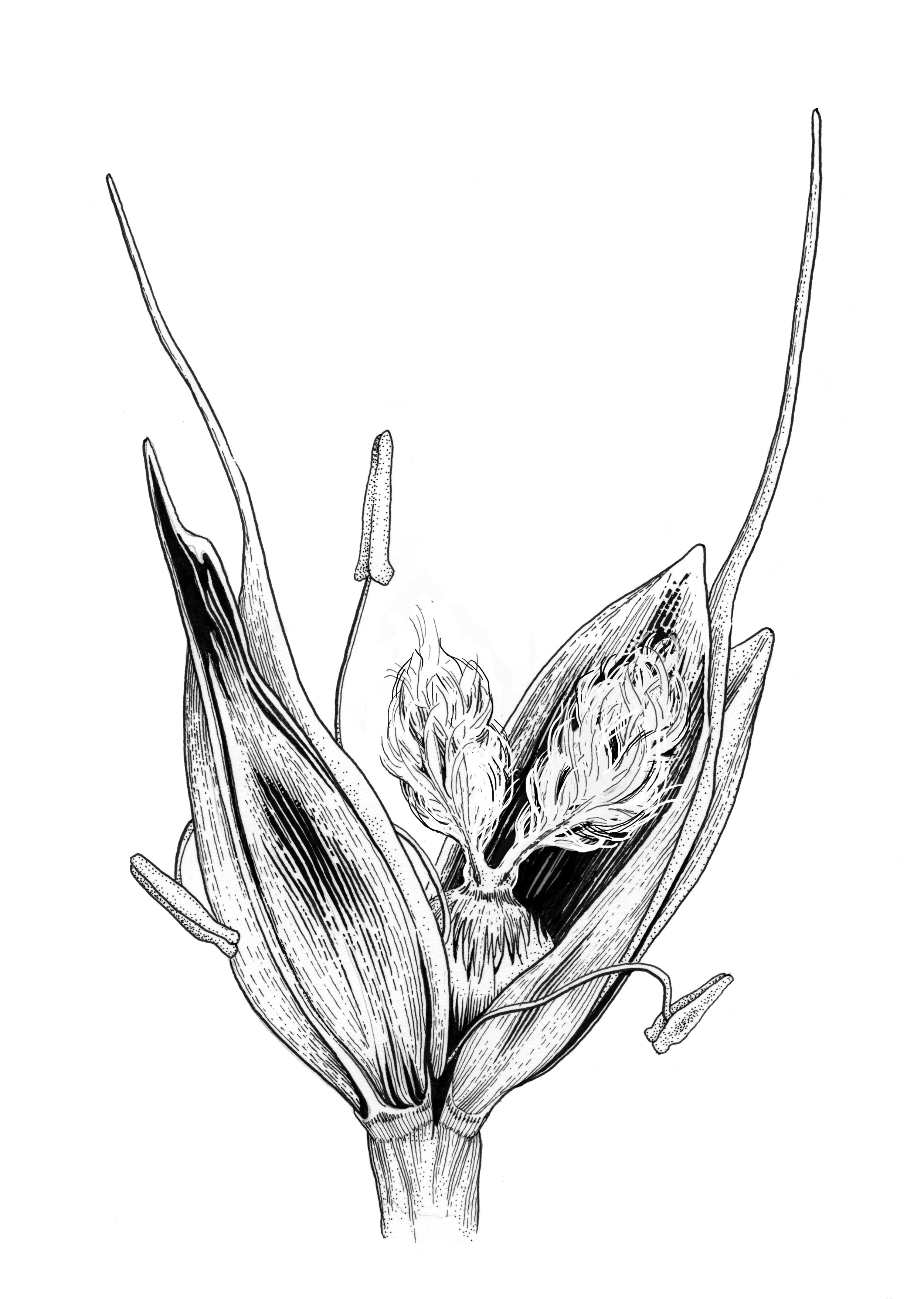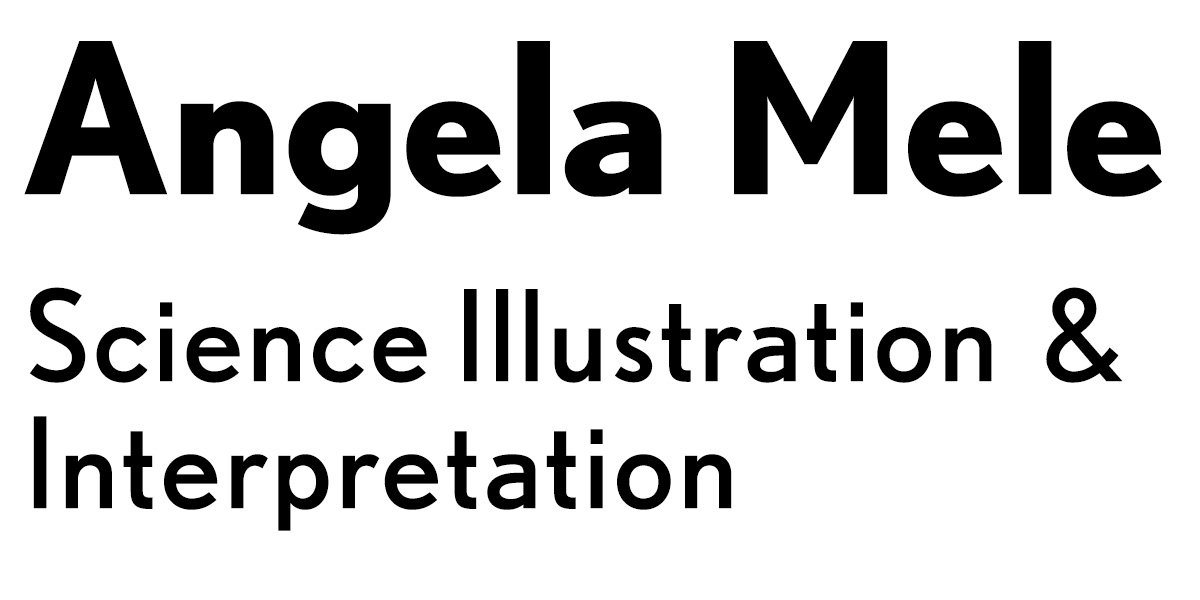
Illustration Process
I invite clients into my illustration process, sharing progress and gathering ideas and feedback at key stages.





One day I received a kind email from Dr. Cathy Zabinski, a plant ecologist at the University of Montana. Zabinski was finishing a book called Amber Waves: the Extraordinary Biography of Wheat, from Wild Grass to World Megacrop. She had a publishing deal with Chicago University Press, and she had secured grant funding for artwork—a series of inked chapter headings. Zabinski wondered if I was interested (yes!).
Here’s a snapshot of how this collaboration worked.
Dr. Zabinski had ideas for the subject matter of each chapter heading, but she was open to alternatives. Of course, scientific accuracy was a must.
My tasks:
Find references, i.e. photos and real wheat.
Read scientific descriptions as needed: for example, wheat flowers have particular anatomy that was important to get right.
Make quick pencil sketches of all illustrations to convey the overall concept and key details.
Dr. Zabinski and I discussed any necessary changes. Notice the differences in plant structure between versions 1 and 2?
My tasks:
Do a little more research as necessary.
Listen to all client feedback. Discuss the balance between accuracy, aesthetics, and clear visual communication, and agree on next steps.
Refine artwork.
and voilà…
A striking illustration is born.
The client receives high-resolution files according to their publisher’s specs, plus original artwork (actual drawings or paintings) or prints for an additional fee as discussed.





